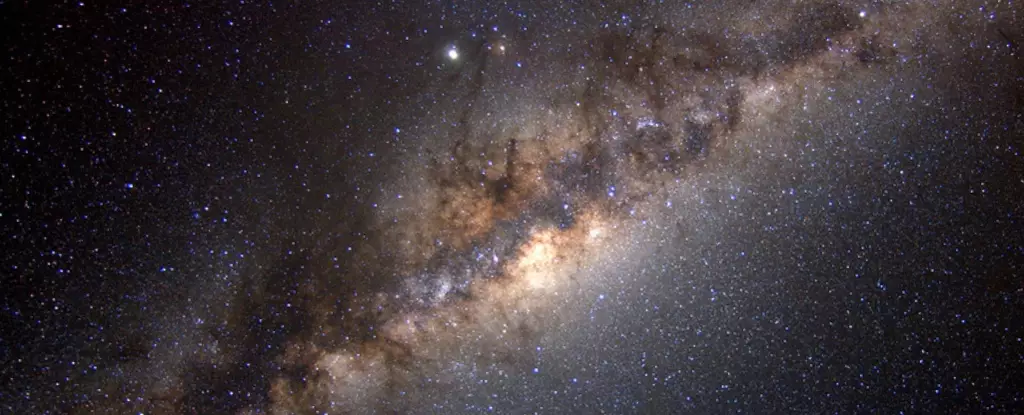When most people think of the Milky Way, they envision a large spiral galaxy that has been around for billions of years. However, recent studies by astronomers have uncovered evidence that suggests there may be remnants of an earlier era lurking within our galaxy. A team of astronomers from MIT made a groundbreaking discovery – three ancient stars orbiting the Milky Way’s halo. These stars are believed to have formed when the Universe was only about a billion years old, making them relics of a bygone era. The team theorizes that these stars were once part of a smaller galaxy that was assimilated by the Milky Way, adding a new layer of complexity to our understanding of the galaxy we call home.
The Milky Way is not just a vast expanse of stars – it is our cosmic home, encompassing our entire Solar System along with an estimated 400 billion other stars. Stretching 100,000 light years from end to end, the Milky Way is a spectacle to behold on a clear night. The combined glow of billions of stars creates a luminous band arching across the sky, a sight that never fails to inspire wonder. If viewed from afar, the Milky Way’s shape would resemble two fried eggs placed back to back, a quirky comparison that hints at the galaxy’s multifaceted nature.
The journey of discovery began in 2022, during an Observational Stellar Archaeology course at MIoT. Students were introduced to the fascinating world of ancient stars and the methods used to analyze them. Armed with data from the Magellan-Clay telescope at Las Campanas Observatory, the students set out to identify stars that had formed in the early stages of the Universe. At a time when hydrogen and helium dominated the cosmos, stars with specific spectral signatures were key targets. After meticulous analysis, the team pinpointed three ancient stars that had formed between 12 and 13 billion years ago, shedding light on a distant cosmic epoch.
While the chemical composition of the stars hinted at their ancient origins, their orbital characteristics provided another clue to their past. The stars exhibited retrograde motion, moving in a direction opposite to the majority of stars in the Milky Way. This anomaly suggested that the ancient stars were interlopers, arriving from elsewhere rather than being native to our galaxy. The convergence of chemical signatures and orbital dynamics strengthened the case for the extragalactic origin of these enigmatic stars, raising more questions about the Milky Way’s tumultuous past.
Armed with their newfound approach to identifying ancient stars, the students are eager to expand their search and uncover more celestial relics. However, with 400 billion stars twinkling within the Milky Way’s expanse, a more efficient method must be devised to sift through the cosmic haystack. As the team delves deeper into the mysteries of our galaxy, new revelations await, promising to unveil the ancient secrets concealed within the celestial tapestry of the Milky Way.


Leave a Reply